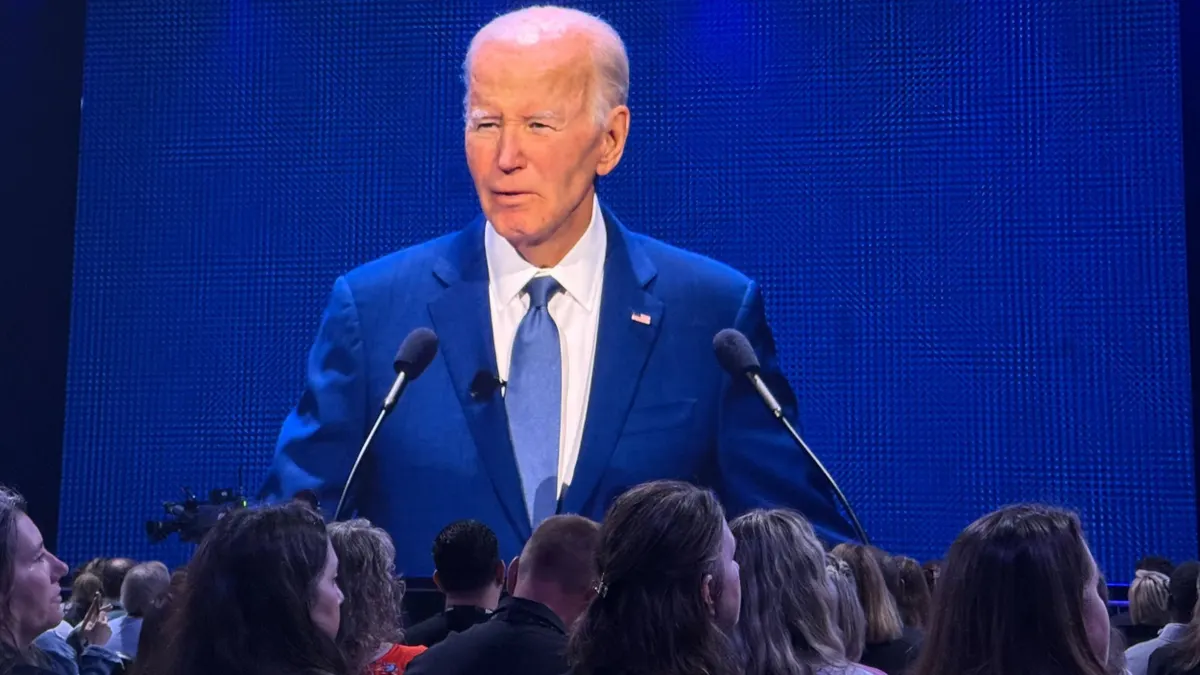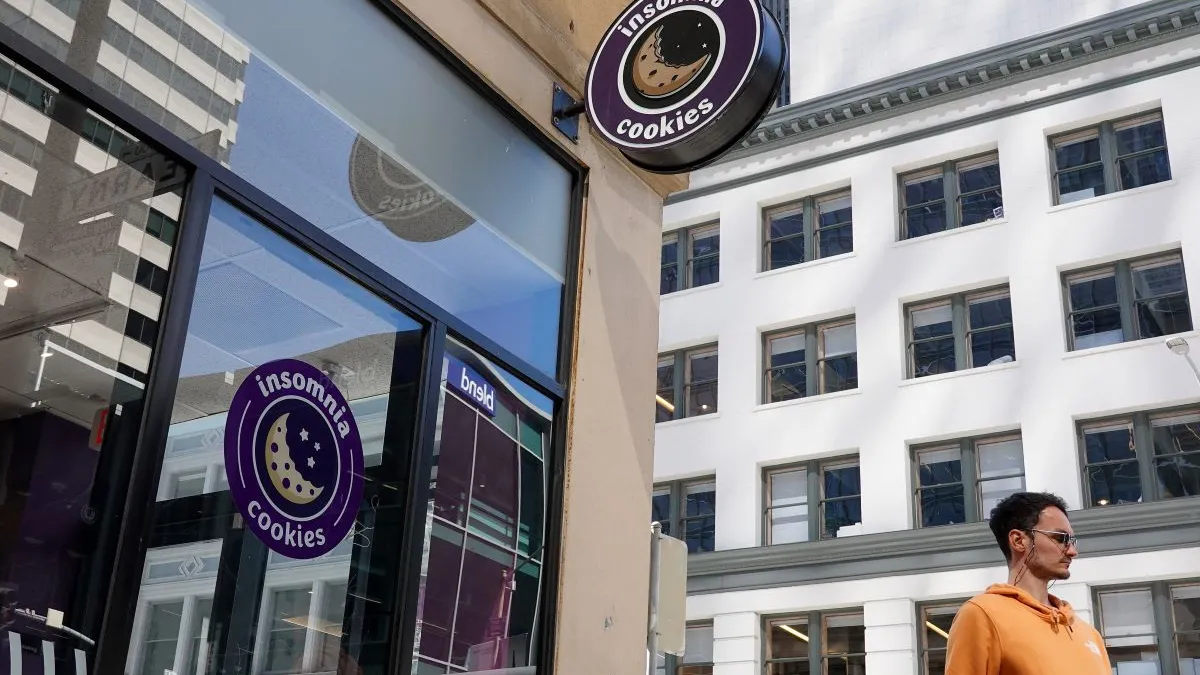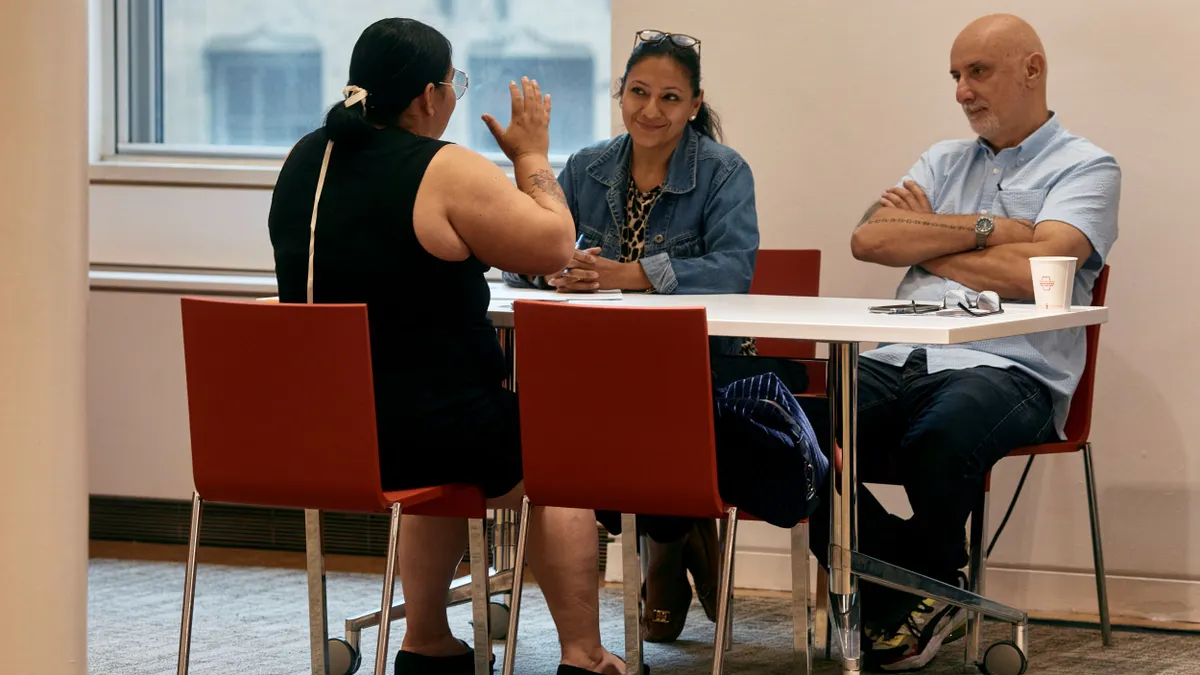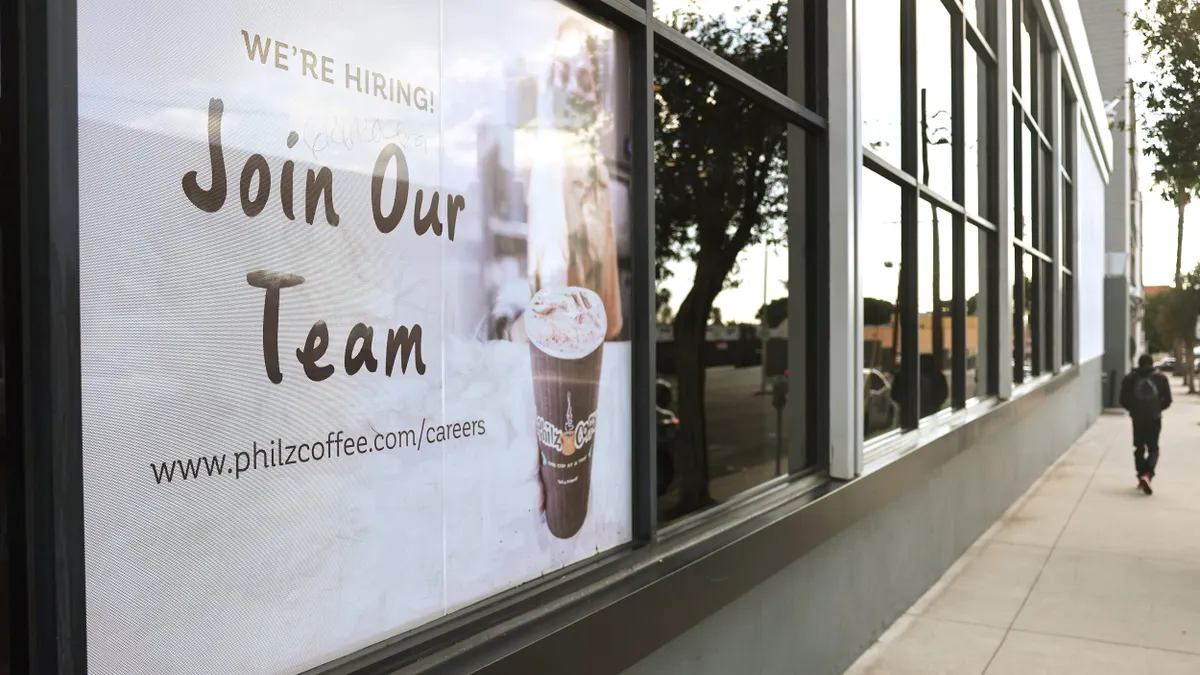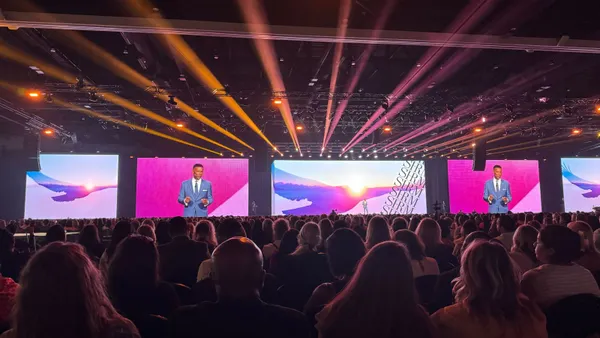CHICAGO — In the weeks since the now infamous Starbucks controversy, in which a manager called the police on two black men waiting in her store, conversations about bias have taken on new verve. A number of similar events bubbled up in the media after the Starbucks story broke, highlighting issues at other organizations and forcing employers across the country to grapple with an important, if uncomfortable, question: What does bias look like in their company?
As a further signal of the interest sparked on the topic, confronting bias was the focus of a Society for Human Resource Management annual conference session Monday, in front of a full-house of HR professionals (at 7 a.m., no less).
While biases can be managed, they can't be eliminated, Paul Meshanko, CEO of Legacy Business Cultures, said in his presentation. But HR has a serious interest in confronting the issue, as it is key to improving sustainable diversity within staffs, promoting greater innovation and making the organization more effective overall.
Bias basics: The science behind decision-making
If talking about bias makes you feel attacked, remember that bias is not about character, Meshanko said: "[Bias] has nothing to do with you being racist or sexist. It is simply human." Bias plays into almost every decision humans make, be it differentiating between coffee or tea in the morning or deciding how to get to work — because not all bias is bad.
In fact, a company’s mission statement could be an example of a bias purposefully realized, he said. A company will automatically value applicants that seek to align with its mission. The real trouble (and cause of various scandals) is unconscious or implicit bias, which exists at both individual and group levels.
Such biases are the result of:
- Information-processing shortcuts. The human brain is "pretty incredible," Meshanko said, but it can only process so much;
- Perceptual distortions;
- Emotional and moral anchors, or things that a person simply can't abide; and
- Social influence.
These factors form personal decisions or behaviors that are initiated without a person's full knowledge, Meshanko added. Biases are little more than an adaptive strategy the brain created due to processing limitations — but if an employer doesn't seek to understand both implicit and cognitive bias, it is "at a great risk of making very poor business decisions," he said.
Strategies for decision making
- Pause and be mindful. When are decisions being made on "auto pilot"?
- Create alternatives whenever possible for certain decisions.
- Make it safe for people to share dissenting opinions and different perspectives.
- Identify decisions that may be overly influenced by emotion.
- Attempt to create space to minimize impact of those emotions.
- Be prepared to change course if new information suggests that a different path will lead to better results.
Why inclusion matters
Inclusion is good for the bottom line because inclusion is key to human survival, as it turns out, Meshenko said. When humans first appeared on the scene, it wasn’t strength or speed that brought us to the top; "we out collaborated every other animal on the planet," he said, making inclusion a core aspect of the human psyche. When people feel included, that speaks to a baser instinct that helps them feel better not only about work, but life in general.
An inclusive workplace enables a higher sense of purpose and better job satisfaction, as well as improved physical and emotional health throughout the workforce. In turn, the organization is more productive and customer satisfaction improves because employees are in a place to give their best to other people.
So what does inclusion look like in a workplace? It goes beyond just policy. Taking people out to lunch, taking time to listen, and seeking out other people's opinions are all parts of an inclusive workplace.
Conversely, exclusionary behaviors are just as simple, too. Ignoring someone or opting not to consult someone on a project they are involved in are aspects of exclusion. Even something as simple as an eye roll can be an exclusive action, Meshenko said.
Exclusive behaviors lead to a cascading effect on individuals and, eventually, the organization, forcing people to become "hypervigilant" against threats (such as their coworkers), he added. Trust is eroded, job satisfaction is lowered and people are more likely to hoard or even hide information — nothing that helps move a business forward. As a consequence, turnover of marginalized employee groups tends to be higher.
"Are you going to be a connector or disconnector?" he challenged the audience. So much of an inclusive culture relies on those small but valuable day-to-day interactions that HR and managers present to their workers.
People bias: Strategies and tools to fight it
Stereotypes are another aspect of bias, both good and bad, Meshenko explained. They work in tandem with biases to help a brain fast-track opinions about a person.
"Instantaneous visualizations," or what a person looks or acts like, combined with implicit biases create an emotional reaction. Once triggered, the brain begins to sort through its original data (those visualizations) to justify the original reaction to that person, be it good or bad — classic confirmation bias. Stereotypes are deeply rooted in emotion, which is why they are so hard to shake, Meshenko said.
But there are ways to combat bias of all types:
-
Be aware of it and concerned about it. Understanding that you are biased but that you do not want to act on it is the biggest predictor of behavior, Meshenko said;
-
Remain mindful of your thoughts and how you think;
-
Partake in cultural immersion and intentionally expose yourself to groups you don't normally associate yourself with;
-
Stay curious and intentionally interested in people's differences;
-
Counter-stereotypic immersion, or taking time to understand and get to know people who buck stereotypes; and
-
Contact hypothesis. Put simply, actually talking to people can be one of the most significant and effective ways to reduce prejudice. Asking revealing questions can increase vulnerability, which can go a long way toward building inclusion and cohesion.







